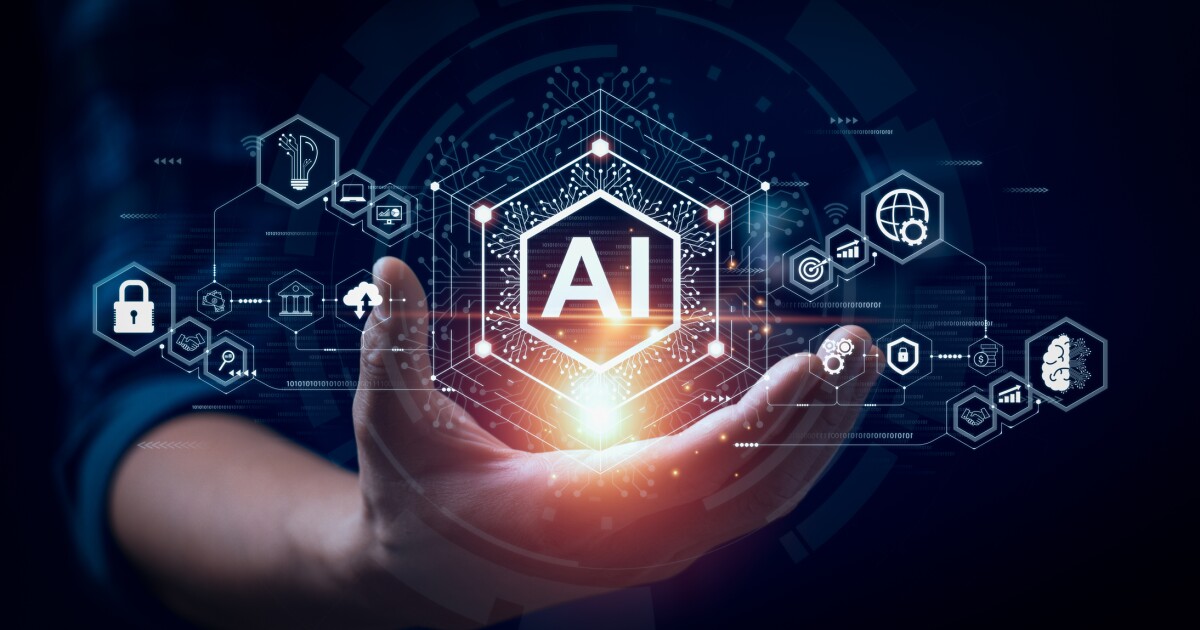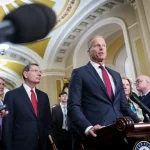

Courts and regulators are facing the need to wade through the intricacies of intellectual property law in order to determine how it applies to artificial intelligence-created art and text.
Artificial intelligence-powered image generators, chatbots, and other applications have exploded in popularity in recent weeks, scraping data from all over the internet to produce texts, images, music, and other forms of media. In training AI models on copyrighted data, though, two particular problems arise.
ELON MUSK WARNS OF DANGERS OF AI BEFORE ANNOUNCING OWN SUCH PROJECT
The first is whether copyrighted data can be used to train a bot to generate text or images. The second, conversely, is whether an AI-generated product can be copyrighted. The courts and regulators are now working out the rules and how they will apply to AI-generated images, text, music, and more.
“We’re starting to see the first slew of cases being filed, where we’re gonna get some more definitive answers from various federal courts,” Justin Pierce, co-chair of the law firm Venable’s Intellectual Property division, told the Washington Examiner.
The courts will have to be the ones to determine how existing intellectual property law applies to AI and in what context.
Copyrighted databases
The AI art generators Stable Diffusion and Midjourney were targeted in a January 2023 lawsuit by a series of artists who alleged that the bots had infringed the rights of millions of artists. The suit is “another step toward making AI fair & ethical for everyone,” said Matthew Butterick, who represents affected artists.
Getty Images also filed a suit against Stable Diffusion’s developer to seek compensation for using Getty Images within their database to train the model without consent.
A core legal principle behind many of the cases is the notion of “fair use,” a concept in copyright law by which a property can be used in limited quantities if it is for specific purposes, such as “commentary, criticism, news reporting, and scholarly reports.” Companies such as Stability AI and OpenAI have argued that their use of images comes under fair use because it is not a direct use of the photos and is a truly “transformative” practice.
Similar litigation could occur if a case were to arise involving the use of music samples by an AI music generator. While the technology is new, the use of unauthorized music samples is not. Rappers have been sued multiple times for using music samples from other artists without approval.
Copyrighting AI-generated images
AI-generated images are also scrutinized for how users may register for copyright protection. “Interestingly, for the purposes of intellectual property law, AI cannot invent,” Jaime Chandra, an IP lawyer at Bekiares Eliezer LLP, told the Washington Examiner. “Patents, trademarks, and copyrights all require human authorship.”
The U.S. Copyright Office established new guidelines in March for whether an AI-generated image could be copyrighted. “The answer will depend on the circumstances, particularly how the AI tool operates and how it was used to create the final work,” the office noted.
CLICK HERE TO READ MORE FROM THE WASHINGTON EXAMINER
The office concluded that users are not in full control of what AI image generators generate and that they may unintentionally draw on inspiration from copyrighted material included in the database used to train an algorithm. Accordingly, copyright claims would depend on what text prompt was filed and what it asked for. For example, a user could ask Midjourney to create an image resembling a Vincent Van Gogh painting, but would not be allowed to copyright it because it is a derivative of Van Gogh.
The guidelines were put forward a month after the Copyright Office stripped the comic book Zarya of the Dawn of its copyright protection due to the author failing to present sufficient information regarding the use of AI-generated images in the book.






